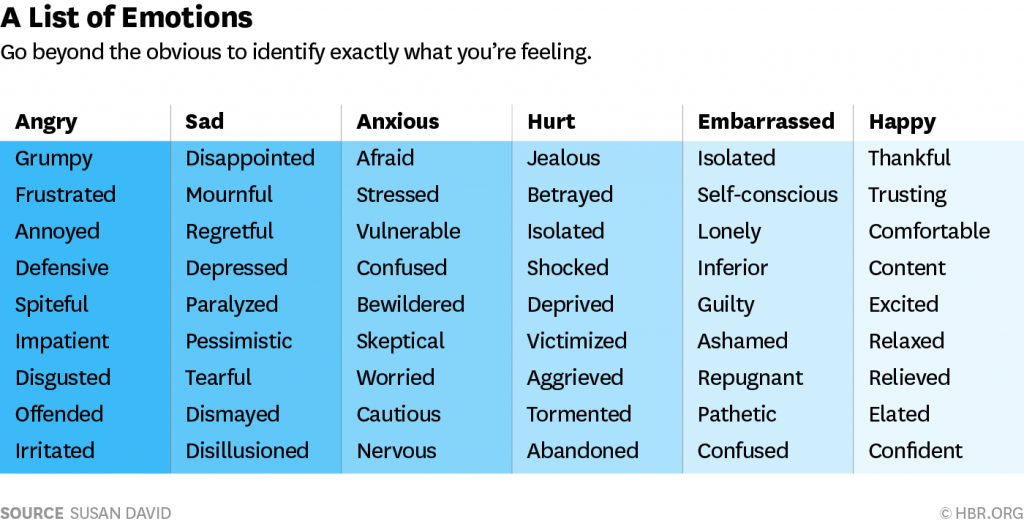
Table 1 presents the signal length for specific measures, stimuli, and emotion categories.

The length of our data is up to 725 hours of recordings, depending on the signal type. Multiple methods to elicit emotions, namely: films, pictures, and affective social interactions (anticipated social exposition or expressing gratitude)Ĭontinuous emotional responses via self-reports and autonomic nervous system (ANS) activity using electrocardiography, impedance cardiography, electrodermal activity sensors, photoplethysmography (the hemodynamic measures), respiratory sensors, and a thermometer

The strengths of our database – Psychophysiology of Positive and Negative Emotions (POPANE) 32 are:Ī wide range of positive and negative emotions, including amusement, anger, disgust, excitement, fear, gratitude, sadness, tenderness, and threat Thus, accounting for various methods of emotion elicitation might contribute to database versatility.Ī considerable amount of work has been done during the last two decades for creating multimodal datasets with psychophysiological responses to affective stimuli, including DEAP 28, RECOLA 29, CASE 30, or K-EmoCon 31. Moreover, researchers use various methods to elicit emotions 21, including film clips 22, 23, pictures 24, video recording/social pressure 25, 26, and behavioral manipulations 27. These basic science and applied problems require robust empirical material that provides a large and comprehensive dataset that offers abundant emotions, diverse physiological signals, and the number of participants providing high statistical power. To allow machines to learn about specific emotion features, researchers have to provide these machines with multiple descriptors of emotional response, including subjective experience of affect (e.g., valence and motivational tendency) and objective physiological measures (e.g., cardiovascular, electrodermal, and respiratory measures). For instance, Affective Computing (an interdisciplinary field also known as Emotional AI) uses psychophysiological signals for developing algorithms that allow detecting, processing, and adapting to others’ emotions 19, 20. However, emotions have recently also gained attention in other scientific fields, such as neuroscience 16, product and experience design 17, and computer science 18.

Physiological responses to the emotional stimuli were primarily of interest in psychology. For instance, whether specific emotions produce a specific physiological response 3, how different biosignals are correlated within an emotional response 5, 6, whether the physiological response allows predicting concurrent subjective experience 11, what new features within a specific biosignal (e.g., the ECG wave) are influenced by emotions 12, what improved methods of data processing can be used 13, how emotions influence physiological patterns related to health 14, 15. Theorists have debated for decades on the psychophysiology of human emotions focusing on several questions 7, 8, 9, 10. The emotional response involves changes in subjective experience and physiology that mobilize individuals towards a behavioral response 1, 2, 3, 4, 5, 6. Psychophysiology of positive and negative emotions (POPANE) database is a large and comprehensive psychophysiological dataset on elicited emotions.

We experimentally elicited a wide range of positive and negative emotions, including amusement, anger, disgust, excitement, fear, gratitude, sadness, tenderness, and threat.
EXAMPLES OF NEGATIVE MOODS SKIN
This database involves recordings of 1157 cases from healthy individuals (895 individuals participated in a single session and 122 individuals in several sessions), collected across seven studies, a continuous record of self-reported affect along with several biosignals (electrocardiogram, impedance cardiogram, electrodermal activity, hemodynamic measures, e.g., blood pressure, respiration trace, and skin temperature). We present a novel publicly available dataset of psychophysiological responses to positive and negative emotions that offers some improvement over other databases. However, the findings largely rely on sample sizes that have been modest at best (limiting the statistical power) and capture only some concurrent biosignals. There is an increasing interest in the link between experiential and physiological processes across different disciplines, e.g., psychology, economics, or computer science. Subjective experience and physiological activity are fundamental components of emotion.


 0 kommentar(er)
0 kommentar(er)
